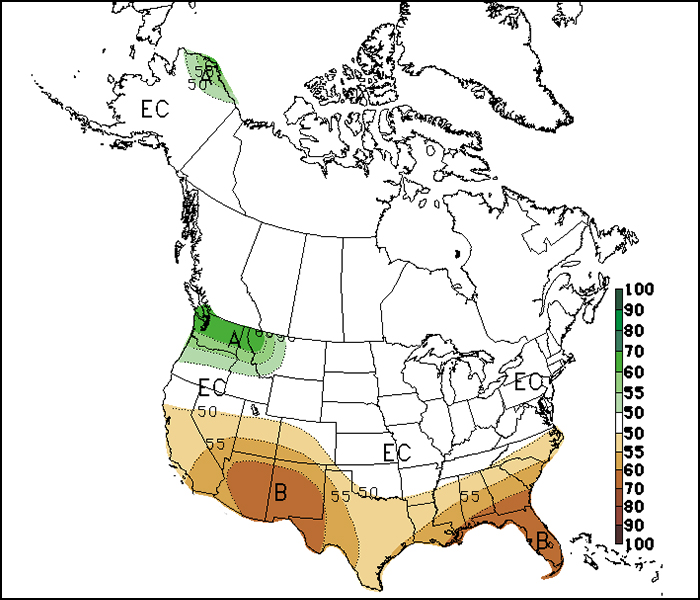
The California Energy Commission adopted new rules Tuesday allowing it to issue emergency licenses to natural gas-fired generators of 10 MW or more to help alleviate potential energy shortfalls.
The move ran counter to the CEC’s aggressive pursuit of clean energy goals, but commissioners emphasized they were acting under an emergency proclamation by Gov. Gavin Newsom that ordered state entities to waive clean air rules and other regulations to bolster generating capacity.
The state faces an energy crisis this summer as Newsom faces a recall election Sept. 14. (See Calif. Governor Proclaims Emergency as Blackouts Loom.)
“Gov. Newsom’s emergency proclamation makes it very clear that all of our energy agencies have to act immediately to establish energy stability during this emergency as well as accelerating plans for construction, procurement and rapid deployment of new clean energy and storage projects,” Commissioner Karen Douglas said.
The governor’s July 30 proclamation authorized the CEC to license gas-fired generators that can deliver energy this summer and fall during evening net-peak hours, after solar goes offline. The generators must meet criteria such as operating on a “previously disturbed site” with an existing grid connection.
In response to the proclamation, the State Water Project (SWP), a major user and generator of electricity, plans to add five 30 MW units to be installed at three locations statewide this summer.
“These will be natural gas units that are hydrogen capable,” said SWP Deputy Director Ted Craddock. “So [the units] will meet our current needs and will have the capability to utilize future fuel blends of hydrogen as we move forward in our clean energy goals.”
Dire Forecast
The two orders that the commissioners unanimously approved Tuesday deal with generators that can come online before Oct. 31.
A third order that the CEC plans to take up at a future meeting will deal with emergency generation in the summer and fall of 2022, which could be worse than this summer, commission staff said.
California’s push to rely on 100% clean energy by 2045, coupled with record-breaking heat waves in the West and massive wildfires, have severely strained the state’s grid several times this year after a series of blackouts and close calls last summer.
An extended drought, worsened by the driest year on record in 2021, has severely curtailed in-state hydropower. The drought could continue through at least next summer, according to a recent forecast by the National Oceanic and Atmospheric Administration.
NOAA predicted that precipitation in California will be far below average during the winter months of 2021-22, when the state receives most of its rainfall and snowfall.

In a meeting last week, the Energy Commission heard from staff members in charge of extended supply-and-demand forecasts. They said the state faces up to a 3,500 MW shortfall this year and a 5,200 MW shortfall next summer in extreme circumstances.
“Given the more extreme weather trends experienced so far this year and projections for the 2021 California drought possibly persisting into 2022, an outlook now for summer 2022 is critical,” Angela Tanghetti, a CEC electric generation program specialist, said at the commission’s Aug. 11 meeting.
CEC forecasters decreased the summer 2021 supply outlook by 1,000 MW due to low reservoir levels behind major hydroelectric dams, some of which, such as Lake Oroville, are no longer generating. (See related story, Feds Invoke First-ever Colorado River Water Restrictions.)
Next summer could see an additional 500 MW decrease in hydropower output, totaling a 1,500 MW decline, the CEC predicted.
In June, the California Public Utilities Commission ordered load-serving entities under its jurisdiction to procure 11.5 GW of new resource starting in 2023. (See CPUC Orders Additional 11.5 GW but No Gas.)
That order could start closing the gap between supply and demand two years from now, but “I think 2022 is still going to be difficult for us, even under good circumstances,” Commissioner Siva Gunda said.
“We are not out of this,” Gunda said. “It is going to be like this for at least a year, if not more.”

